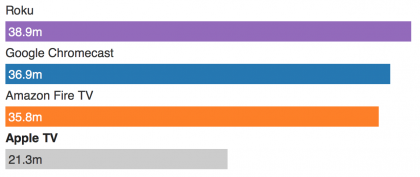John Gruber:
iOS 11 finally added a long-awaited feature for those of us who care about typographic details: smart punctuation. You can turn this on in Settings → General → Keyboards. When enabled, quotes and apostrophes (like “this” and ‘this’) are automatically turned into their proper counterparts (like “this” and ‘this’), two hyphens in a row (–) are turned into a proper em-dash (—), etc.
I say “finally” because MacOS has had the feature in the standard text editing system for many years, and I can’t think of a good reason why it wasn’t in iOS years ago.
And:
In some recent update to iOS (I think 11.2.5, but it might have been an earlier 11.2.x update), smart punctuation stopped working in Messages — and as far as I can tell, only Messages. Why? My best guess: unintended consequences when sending SMS messages.
I’m kind of shocked that it took this long for smart punctuation (which has been around in the Mac universe forever) to come to iOS. And that take it out, put it back in again Messages story is an interesting wrinkle.

